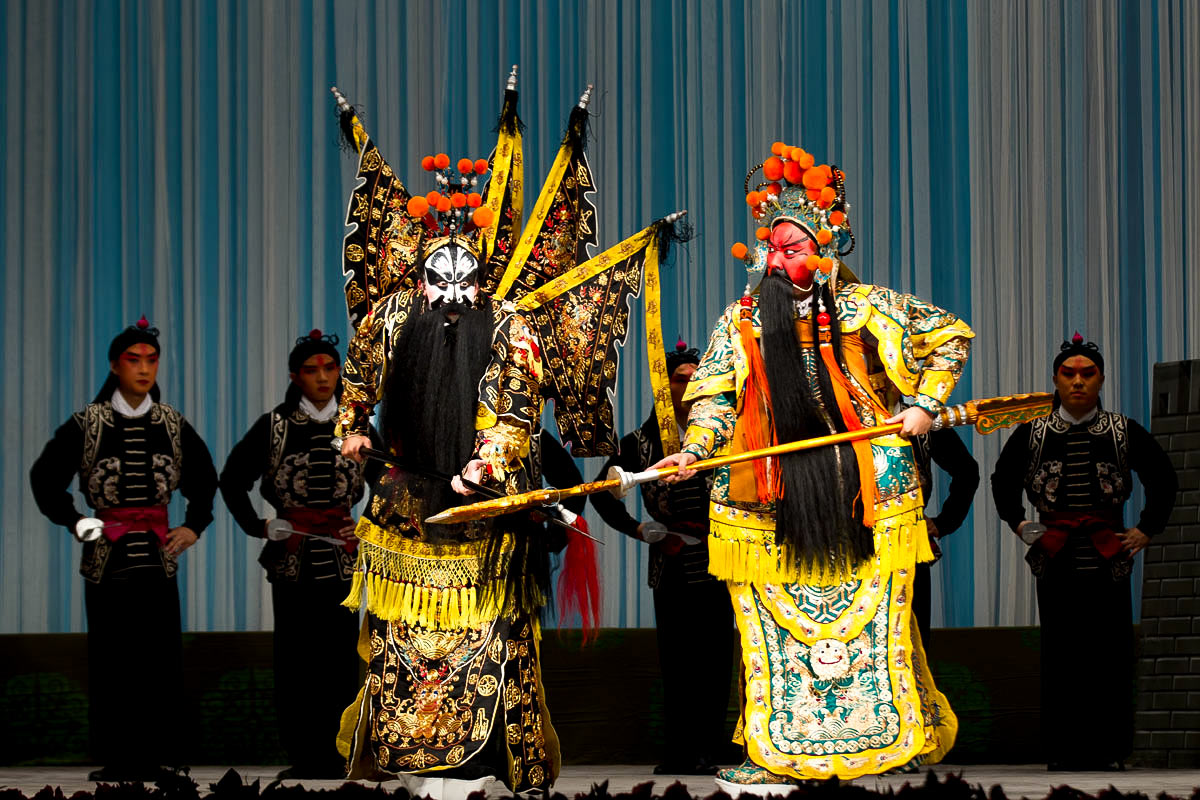

The two types of singing blended on the same stage and gradually gave birth to a new genre that was known as Beijing Opera.īeijing Opera absorbed various elements of its forerunners, such as singing, dancing, mimicry and acrobatics, and adapted itself in language and style of singing to Beijing audiences. Later, some troupes from Hubei Province came to Beijing and often performed together with the Anhui troupes. Gradually it replaced Kunqu Opera which had been popular in the palace and among the upper ranks in Beijing. After the celebration, four famous troupes from Anhui Provinces were asked to stay, for audiences were particularly satisfied with their beautiful melodies, colorful costumes and interesting facial patterns. To celebrate his 80th birthday in 1790, he summoned opera troupes from different areas around China to perform for him in Beijing. Beijng opera is also regarded as the top fifth operas in china.īeijing opera has been declared World Intangible Cultural Heritage of Humanity by the United Nations Educational, Scientific and Cultural Organization on May 18th, 2001 in Paris.Īs the story goes, Emperor Qianlong of the Qing Dynasty fell interested in the local drama during his inspection of the Southern China in disguise. It developed from Kunqu opera, Anhui opera and Han opera. In recent years, Peking opera has responded to sagging audience numbers by attempting reforms, including improving performance quality, adapting new performance elements, shortening works, and performing new and original plays.Beijing Opera or Peking Opera pinyin: Jīngjù is regarded as the national opera in China for it has a long history and a complete system of stage performance, and it also quintessence of Chinese culture in Chinese minds. After the Cultural Revolution, these transformations were largely undone. Traditional Peking opera was denounced as "feudalistic" and "bourgeois" during the Cultural Revolution (1966–1976) and replaced mostly with the revolutionary operas until the period's end. The repertoire of Peking opera includes over 1,400 works, which are based on Chinese history, folklore and, increasingly, contemporary life. Melodies include arias, fixed-tune melodies and percussion patterns.

The music of Peking opera can be divided into the xīpí ( 西皮) and èrhuáng ( 二黄) styles. The layers of meaning within each movement must be expressed in time with music. Performers also adhere to a variety of stylistic conventions that help audiences navigate the plot of the production. Above all else, the skill of performers is evaluated according to the beauty of their movements. They use the skills of speech, song, dance and combat in movements that are symbolic and suggestive, rather than realistic. With their elaborate and colorful costumes, performers are the only focal points on Peking opera's characteristically sparse stage.

Performing troupes often have several of each variety, as well as numerous secondary and tertiary performers. Peking opera features four main role types, sheng (gentlemen), dan (women), jing (rough men), and chou (clowns).

"Peking Opera" in Simplified (top) and Traditional (bottom) Chinese characters


 0 kommentar(er)
0 kommentar(er)
